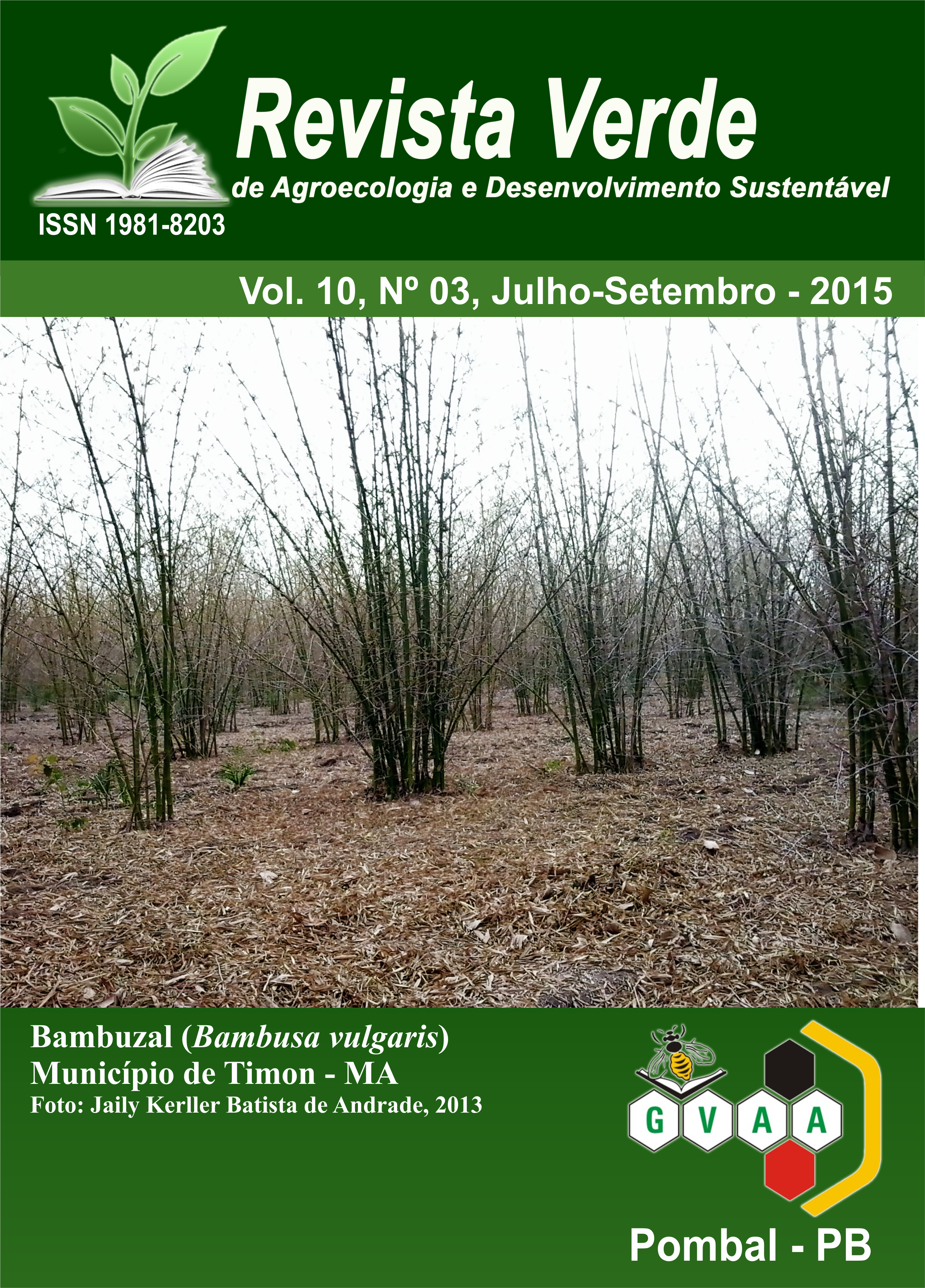Análise espectral e avaliação de índices de vegetação para o mapeamento da caatinga
DOI:
https://doi.org/10.18378/rvads.v10i3.3046Keywords:
análise espectral, índices de vegetação, semiáridoAbstract
A caatinga é um bioma de grande diversidade que cobre a maior parte da área de clima semiárido brasileiro. Várias técnicas já foram utilizadas com o objetivo de determinar quantitativamente e qualitativamente o estado da vegetação a partir de imagens de satélite, e índices de vegetação foram desenvolvidos para auxiliar no mapeamento da vegetação, otimizando parâmetros de medidas espectrais utilizadas com esse fim. Este trabalho teve como objetivo analisar e avaliar índices espectrais (NDVI, SAVI e EVI) para mapear a vegetação de caatinga. Concluiu-se que o melhor índice que se correlaciona com a cobertura vegetal da caatinga foi o Normalized Difference Vegetation Index (NDVI), para o período seco, e o padrão de resposta espectral do período seco diminuiu os confundimentos de alvos de vegetação da caatinga. Estimou-se que 29,7% da área da bacia do rio Taperoá esteja em processo avançado de desertificação.
Spectral analysis and evaluation of vegetation indices for mapping caatinga
ABSTRACT: The caatinga biome is a large diversity that covers most of the area of Brazilian semi-arid climate. Several techniques have been used in order to determine quantitatively and qualitatively the state of vegetation from satellite images and vegetation indices were developed to assist in vegetation mapping, optimizing spectral measurement parameters used for this purpose. This study aimed to analyze and evaluate spectral indices (NDVI, SAVI and EVI) to map the caatinga vegetation. It was concluded that the best index that correlates with the caatinga vegetation was the Normalized Difference Vegetation Index (NDVI) for the dry period, and the pattern of spectral response of the dry period decreased confounding targets of caatinga vegetation. It was estimated that 29.7% of the area of the river basin Taperoá is in advanced process of desertification.











